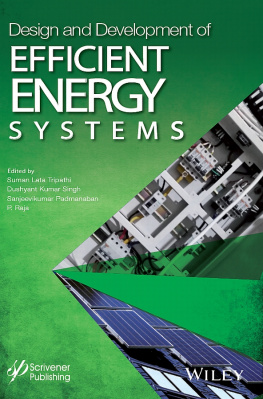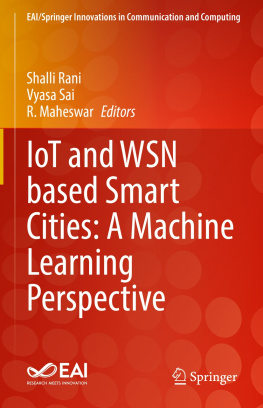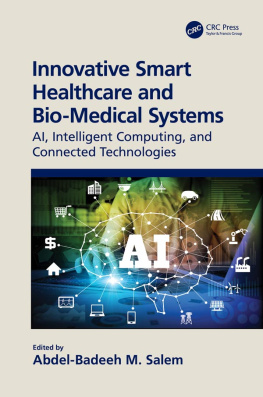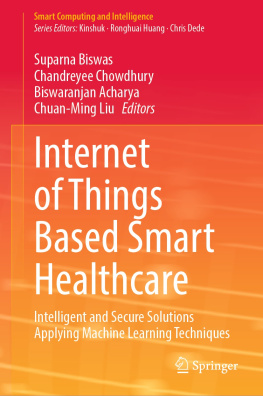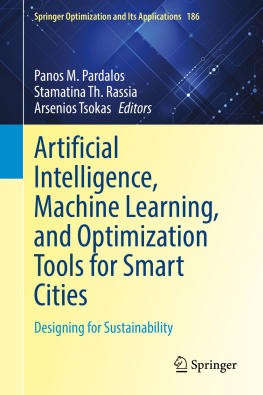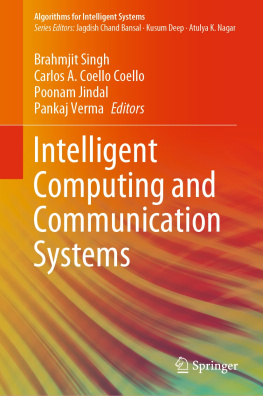Suman Lata Tripathi - Design and Development of Efficient Energy Systems (Artificial Intelligence and Soft Computing for Industrial Transformation)
Here you can read online Suman Lata Tripathi - Design and Development of Efficient Energy Systems (Artificial Intelligence and Soft Computing for Industrial Transformation) full text of the book (entire story) in english for free. Download pdf and epub, get meaning, cover and reviews about this ebook. year: 2021, publisher: Wiley-Scrivener, genre: Home and family. Description of the work, (preface) as well as reviews are available. Best literature library LitArk.com created for fans of good reading and offers a wide selection of genres:
Romance novel
Science fiction
Adventure
Detective
Science
History
Home and family
Prose
Art
Politics
Computer
Non-fiction
Religion
Business
Children
Humor
Choose a favorite category and find really read worthwhile books. Enjoy immersion in the world of imagination, feel the emotions of the characters or learn something new for yourself, make an fascinating discovery.
- Book:Design and Development of Efficient Energy Systems (Artificial Intelligence and Soft Computing for Industrial Transformation)
- Author:
- Publisher:Wiley-Scrivener
- Genre:
- Year:2021
- Rating:4 / 5
- Favourites:Add to favourites
- Your mark:
Design and Development of Efficient Energy Systems (Artificial Intelligence and Soft Computing for Industrial Transformation): summary, description and annotation
We offer to read an annotation, description, summary or preface (depends on what the author of the book "Design and Development of Efficient Energy Systems (Artificial Intelligence and Soft Computing for Industrial Transformation)" wrote himself). If you haven't found the necessary information about the book — write in the comments, we will try to find it.
There is not a single industry which will not be transformed by machine learning and Internet of Things (IoT). IoT and machine learning have altogether changed the technological scenario by letting the user monitor and control things based on the prediction made by machine learning algorithms. There has been substantial progress in the usage of platforms, technologies and applications that are based on these technologies. These breakthrough technologies affect not just the software perspective of the industry, but they cut across areas like smart cities, smart healthcare, smart retail, smart monitoring, control, and others. Because of these game changers, governments, along with top companies around the world, are investing heavily in its research and development. Keeping pace with the latest trends, endless research, and new developments is paramount to innovate systems that are not only user-friendly but also speak to the growing needs and demands of society.
This volume is focused on saving energy at different levels of design and automation including the concept of machine learning automation and prediction modeling. It also deals with the design and analysis for IoT-enabled systems including energy saving aspects at different level of operation.
The editors and contributors also cover the fundamental concepts of IoT and machine learning, including the latest research, technological developments, and practical applications. Valuable as a learning tool for beginners in this area as well as a daily reference for engineers and scientists working in the area of IoT and machine technology, this is a must-have for any library.
Suman Lata Tripathi: author's other books
Who wrote Design and Development of Efficient Energy Systems (Artificial Intelligence and Soft Computing for Industrial Transformation)? Find out the surname, the name of the author of the book and a list of all author's works by series.

